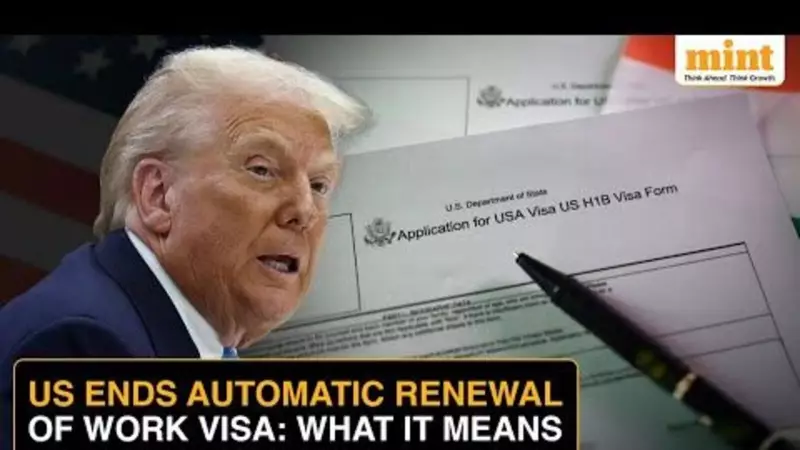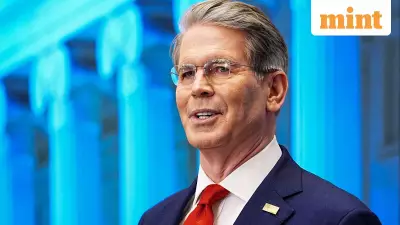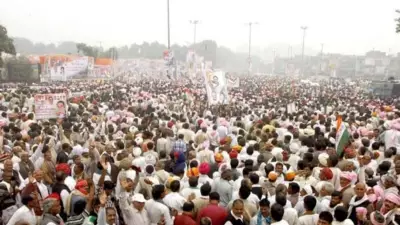
The Trump administration has rolled out three significant immigration reforms that are set to create waves across the Indian professional community in the United States. These sweeping changes target the H1B visa program, work authorization policies, and green card procedures - all areas where Indian nationals form the majority of applicants and holders.
The Three Pillars of Immigration Reform
These changes represent the most substantial overhaul of the US immigration system in recent years, specifically targeting employment-based visas that have been popular among Indian technology professionals and skilled workers.
1. H1B Visa Lottery System Gets a Salary-Based Makeover
The most dramatic shift comes in the form of replacing the traditional random H1B lottery with a wage-based selection process. Under the new system, applications will be ranked according to the proposed salary levels, with higher-paying positions receiving priority in the selection process.
This change fundamentally alters the playing field for Indian IT companies that typically hire entry-level and mid-level professionals at competitive market rates. The new system favors companies offering premium compensation packages, potentially disadvantaging many Indian consulting firms and their employees.
2. Tighter Restrictions on H1B Speciality Occupation Definition
The administration has significantly narrowed the definition of "speciality occupation" that qualifies for H1B visas. The new rules require a direct relationship between the applicant's degree field and the specific job duties, closing what officials call "loopholes" that allowed broader interpretations.
This could particularly affect computer science graduates working in non-technical roles or professionals whose educational background doesn't perfectly align with their current position - a common scenario in the dynamic tech industry where skill requirements evolve rapidly.
3. Green Card and Work Permit Processing Faces Major Overhaul
The third major change involves streamlining the employment-based green card process while simultaneously making it more challenging for H1B holders to extend their stay through perpetual renewals. The new policies aim to reduce the massive backlog in green card applications, but could create uncertainty for thousands of Indian professionals stuck in decades-long queues.
Why Indian Professionals Bear the Brunt
The impact on Indian nationals is disproportionate for several key reasons:
- Dominant Presence: Indian citizens receive approximately 70% of all H1B visas issued annually
- Backlog Reality: Over 300,000 Indian professionals are currently waiting for employment-based green cards
- Industry Concentration: A significant portion work in IT services and consulting firms most affected by the salary-based selection
- Family Considerations: Many have US-born children and established lives that face disruption
Industry Reactions and Potential Challenges
Major Indian IT industry bodies have expressed deep concern about these changes, warning that they could disrupt business models and affect the competitiveness of Indian professionals in the global marketplace. Several industry groups are reportedly considering legal challenges to certain provisions they deem arbitrary or discriminatory.
The changes come at a particularly challenging time when the COVID-19 pandemic has already created uncertainty for foreign workers in the United States. Many Indian professionals face the double whammy of pandemic-related job losses and now these restrictive immigration measures.
Looking Ahead: What Professionals Need to Know
For current H1B holders and those considering applications, experts recommend:
- Reviewing salary structures to ensure competitiveness under the new system
- Documenting the direct relationship between educational qualifications and job roles
- Exploring alternative visa options where applicable
- Staying updated on potential legal challenges that could delay implementation
These changes mark a significant shift in US immigration policy that will likely reshape the landscape for Indian professionals seeking opportunities in America for years to come. The full impact will become clearer as companies and individuals adapt to the new reality.





